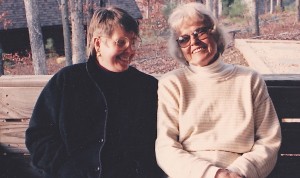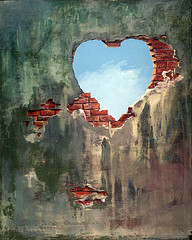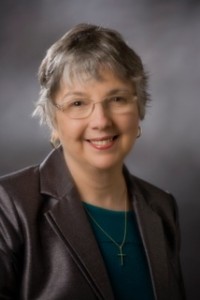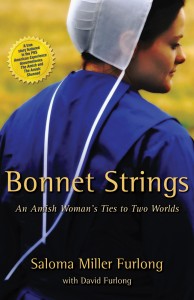 Always interested in reading about other writers’s spiritual journeys, I recently picked up a copy of Saloma Miller Furlong’s second memoir, Bonnet Strings: An Amish Woman’s Ties to Two Worlds. I just finished reading it and highly recommend you take a look at it.
Always interested in reading about other writers’s spiritual journeys, I recently picked up a copy of Saloma Miller Furlong’s second memoir, Bonnet Strings: An Amish Woman’s Ties to Two Worlds. I just finished reading it and highly recommend you take a look at it.
Next week, one of my readers who leaves a comment on this page, will have a chance to receive a free copy of that book. Just leave a comment. I’ll pick a name at random and perhaps you will be notified that Saloma’s book is on it’s way to you.
Currently, Saloma is at work on a letter to her mother in book form, in which she tries to reconcile with her mother, who is now dead. Both Saloma and I have had difficult mothers to deal with during our lives. It is through this new writing, that Saloma is working her way to understanding and forgiving a mother, who like mine, used her children as scapegoats.
Without further ado, I welcome and thank Saloma for being my guest today and sharing her story.
I have seen Joan around the online world several times. I decided it was time we “meet,” after reading about her incredible journey. Though I have not cared for an aging parent, I can relate to Joan’s story in many ways. I eagerly await the publication of her book. I am honored to be here today. Thank you, Joan, for hosting me.
We’ve all heard the bittersweet stories of people reckoning with their mortality when they are about to leave this world. They took stock of their lives and asked to speak with someone with whom they’ve not spoken to for years. In their waning days or hours, reconciliation and forgiveness happen. The bitter of the story is all those wasted years when reconciliation could have happened. The sweet of the story is that reconciliation did happen.
When my mother was dying, I kept hoping she would come to the place of needing reconciliation, when she would gather her sons and daughters around her and deal with any unfinished business with each of us, alone.
I was hoping there would be a time when she would let her guard down, so that I could tell her how I’ve had a hard time reconciling my memories of her when I was small and innocent from those when I was in my teens.
I know Mem loved me when I was little. I remember her bathing me in the galvanized tub in the living room in winter. After the bath, she would sit me on her big, soft lap, wrap me in a warm towel she had warmed by the woodstove, dry me off, and then dress me in the fresh-smelling clothing she had laid out for me. I remember standing on a stool, helping her knead bread. I remember being terrified of leaving her when I started Kindergarten.
I also remember the sound of her solid footsteps from the time I was a six, and had just said something she perceived as backtalk. Those footsteps would go to the china cabinet, where she would take down the latest whip or leather belt. She would stand there and in her most forceful voice, demand that I, “come here.”
I could not run. I could not hide. I could not resist that voice. I had to step over to her, where she would raise my Amish dress and slam that whip or belt across the backs of my legs, until I thought I would lose my mind from the overpowering pain.
When Mem lay dying, I wanted to hear her admit that she had been taking out her own frustrations on me when she whipped me. That she had harmed me, instead of “doing it for my own good.” I wanted to hear her say, “I am so sorry.”
But that is not what happened. Mem told us not to cling, and said it was her time to go. It seemed that she couldn’t duck out of this world fast enough. There was no chance of reconciling with her. Even before that day, she did not want to dig into the past. “For what good would it do?” she would say.
When I said my last good-byes to my mother, I told her that I would think of her in her heavenly home, and love her always. I wrote her a letter the night she was dying, because I could not be by her side. When I read it now, it sounds like I had no unresolved issues with her. However nine years later, I realize I’ve never reconciled the mother who was so nurturing and caring, with the one who was so harsh and cruel.
In an attempt to reconcile with Mem, I am writing a letter to her. I sift through memories and reflect on them. I do this, not knowing “what good it will do.” I don’t know if I will have a better understanding of her, but that is my hope. I like to think that there is still time to find resolution, even though she is not here in person.
So far, I find the act of writing to be powerful. Instead of sitting down in the inner reaches of my unconscious, I am recalling the past, allowing it to surface, one piece at a time. I am examining my memories of Mem, my relationship with her, and ultimately, my life.
As I write this, I don’t yet know who my audience is. Right now, that is not as important to me as doing the writing. Maybe I will decide to publish it. Or maybe someday one of my sons or grandchildren will find it, and at least learn something about their lineage.
I cried when I read the quote, by Christina Baldwin, that Joan uses at the top of her home page. I recognized it as the compelling reason for why I feel the need to write down my memories. “Making story of our family history doesn’t mean we change the realities of our forebears’ lives … we don’t turn a thief into a pillar of virtue … but we learn to carry the story differently so the lineage can heal.” What a beautiful thing to hope for: “for the lineage to heal.” What more is there?
Are there issues with your mother you wish to come to terms with? Do you think it is ever too late?
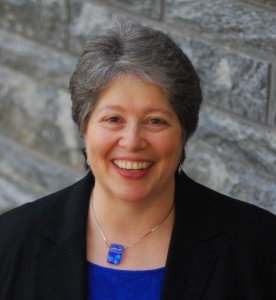 Saloma Miller Furlong is the author of two books, Why I Left the Amish and Bonnet Strings: An Amish Woman’s Ties to Two Worlds. Her story is featured in the PBS documentaries “The Amish” and “The Amish: Shunned” on American Experience. You can read more of Saloma Furlong’s biography by following the link.
Saloma Miller Furlong is the author of two books, Why I Left the Amish and Bonnet Strings: An Amish Woman’s Ties to Two Worlds. Her story is featured in the PBS documentaries “The Amish” and “The Amish: Shunned” on American Experience. You can read more of Saloma Furlong’s biography by following the link.
Website: http://salomafurlong.com/
Blog: http://salomafurlong.com/aboutamish/
Twitter: https://twitter.com/SalomaFurlong
Goodreads: https://www.goodreads.com/author/show/4487564.Saloma_Miller_Furlong
Amazon: http://www.amazon.com/Saloma-Miller-Furlong/e/B004SXYJXE/ref=ntt_dp_epwbk_0

